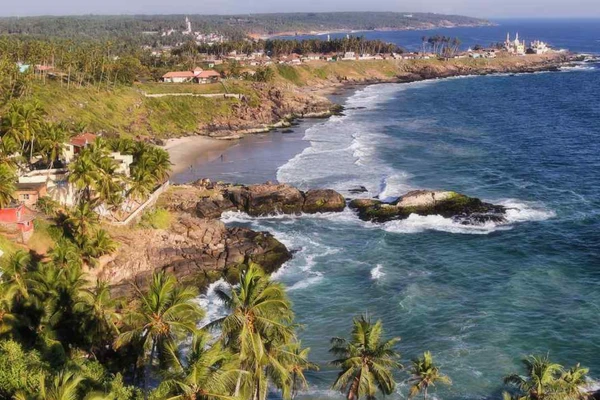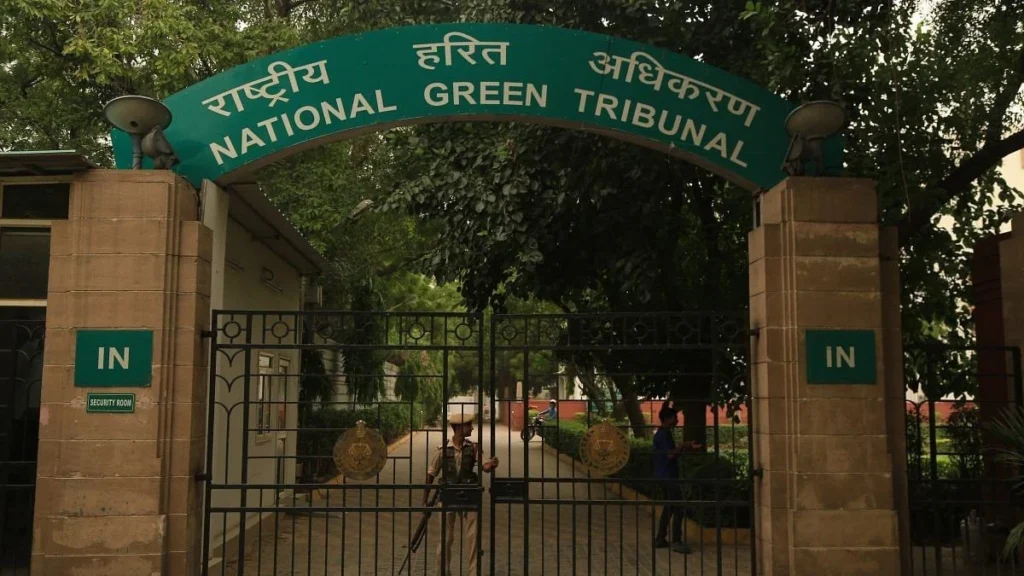The Southern Bench of the National Green Tribunal (NGT) has halted the Chennai Shoreline Renourishment and Revitalization Project in the Coastal Regulation Zone (CRZ) II zone due to prohibited activities such as constructing cycle tracks and food courts.
- This project aimed to achieve Blue Flag certification for beaches.
About Coastal Regulation Zone (CRZ):
- Introduced in 1991 by the Ministry of Environment, Forest and Climate Change (MoEF&CC) under the Environment Protection Act, 1986.
- Revised through notifications in 2011 (reviewed by Shailesh Nayak Committee) and 2019 to address evolving environmental and developmental needs.
- The 2019 CRZ Notification requires states to update their Coastal Zone Management Plans (CZMPs), originally created under the 2011 notification.
- The CRZ stretches include coastal areas of seas, bays, estuaries, creeks, rivers, and backwaters affected by tidal actions up to 500 meters from the high tide line (HTL) and 100 meters along the banks of tidal-influenced water bodies.
Institutional Mechanism:
- National Coastal Zone Management Authority (NCZMA) oversees at the Union level.
- State/Union Territory Coastal Zone Management Authorities (SCZMAs/UTCZMAs) manage implementation at the state/UT level.
- District Level Committees (DLCs) operational in each district with a coastal stretch.
- Roles and Responsibilities: MoEF&CC handles CRZ clearances for ecologically sensitive areas (CRZ-I) and aquatic regions (CRZ-IV), while SCZMAs manage urban (CRZ-II) and rural (CRZ-III) areas. Local communities, particularly fishing communities, play a role in managing ecologically sensitive zones.
Ref: Source
| UPSC IAS Preparation Resources | |
| Current Affairs Analysis | Topperspedia |
| GS Shots | Simply Explained |
| Daily Flash Cards | Daily Quiz |


